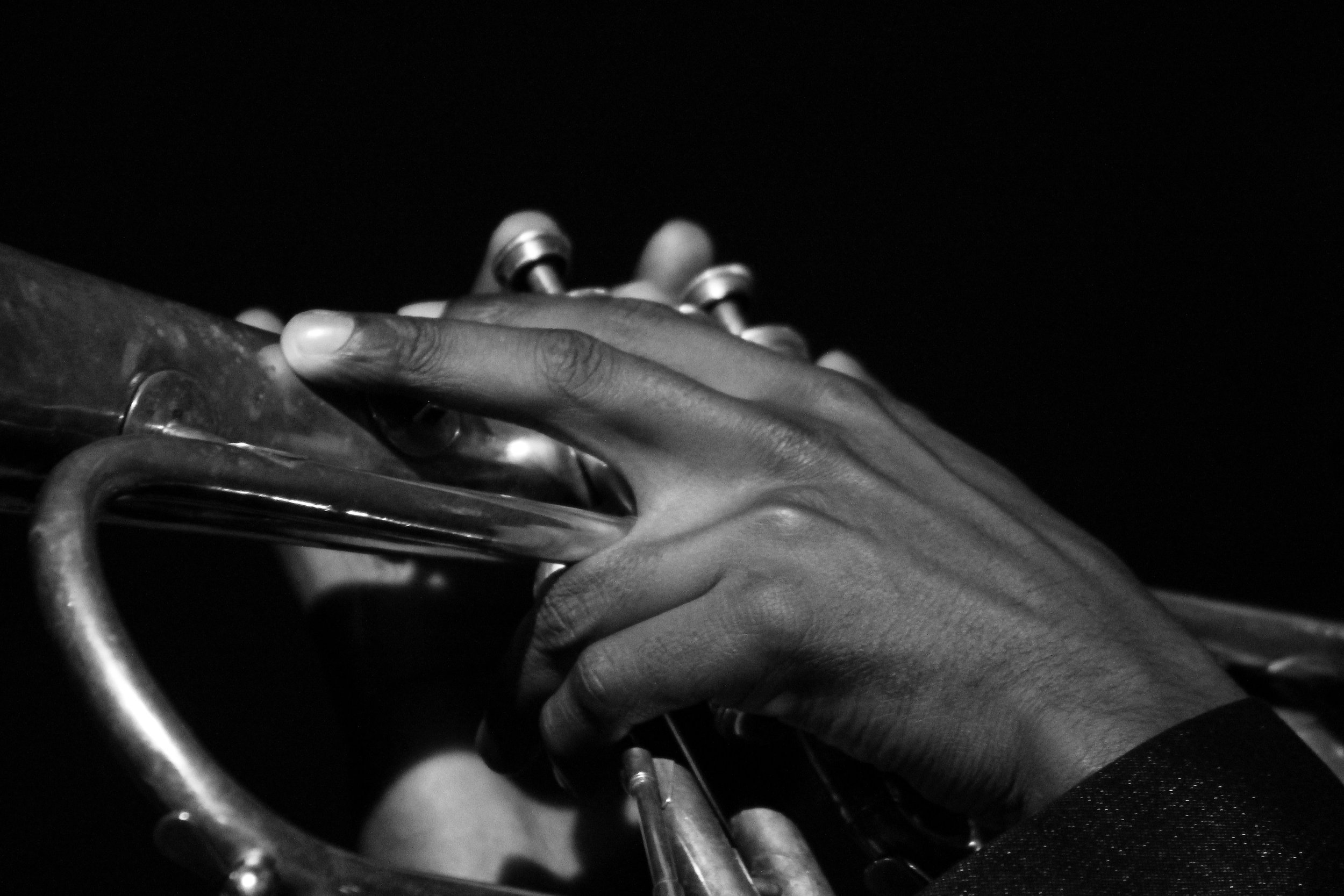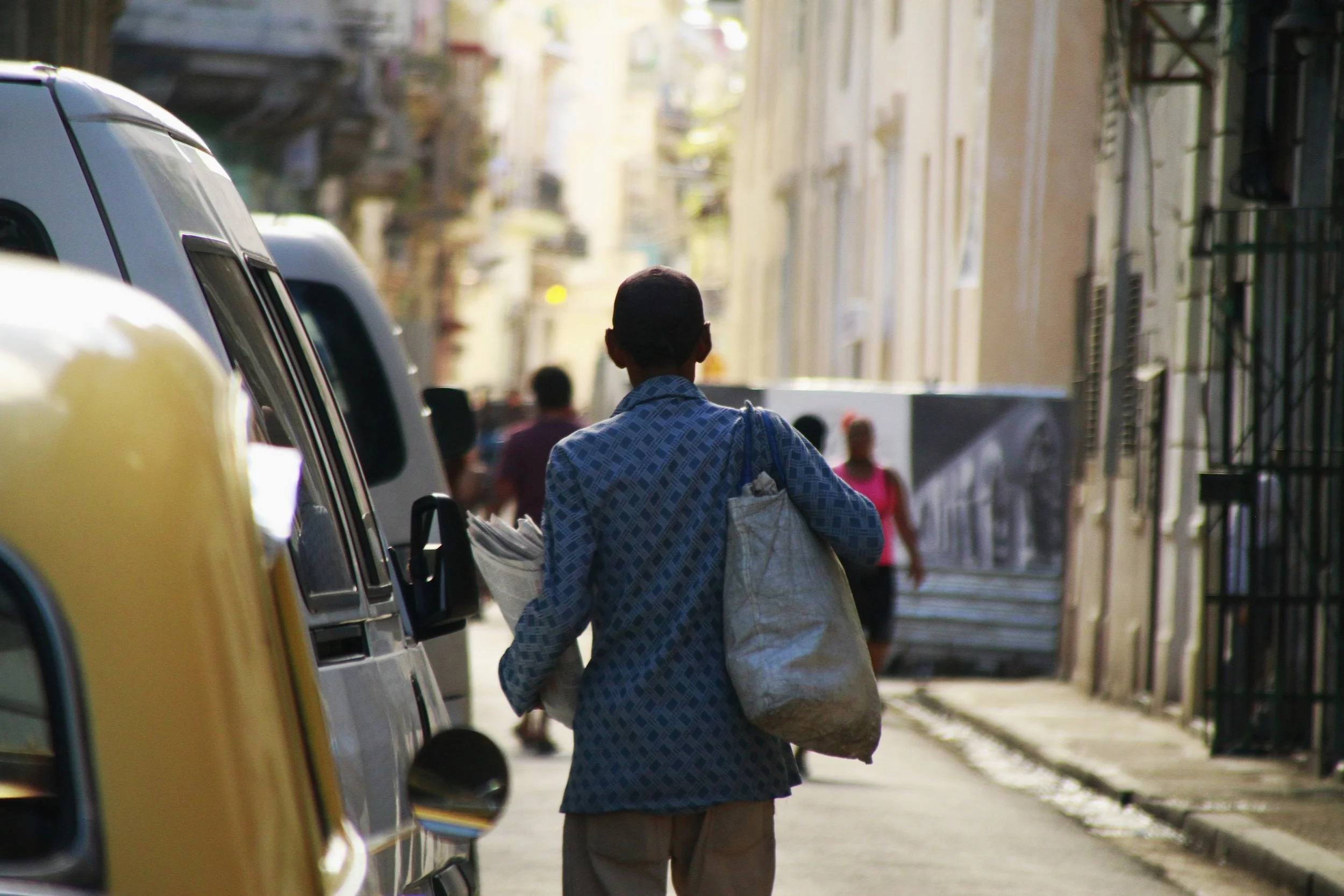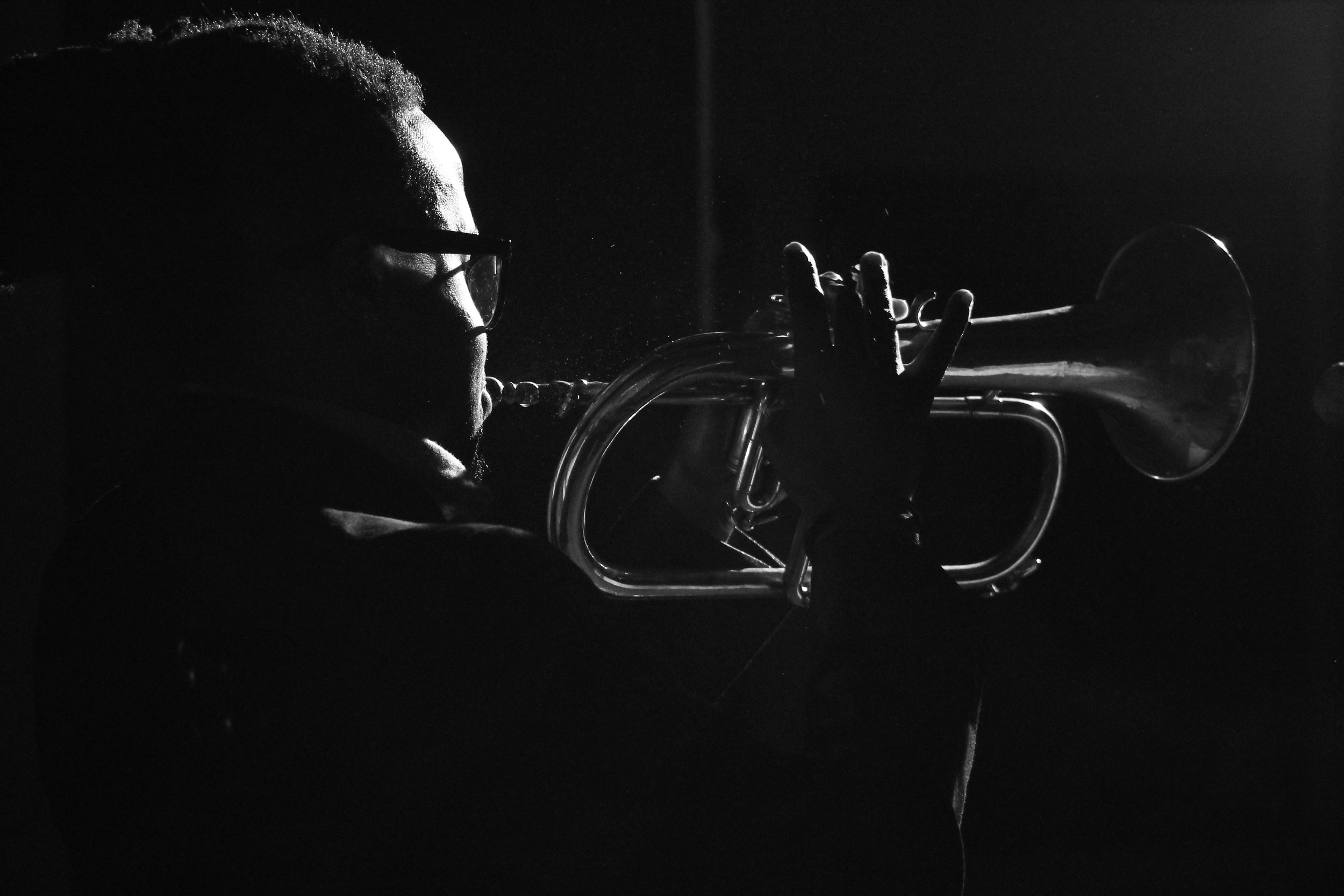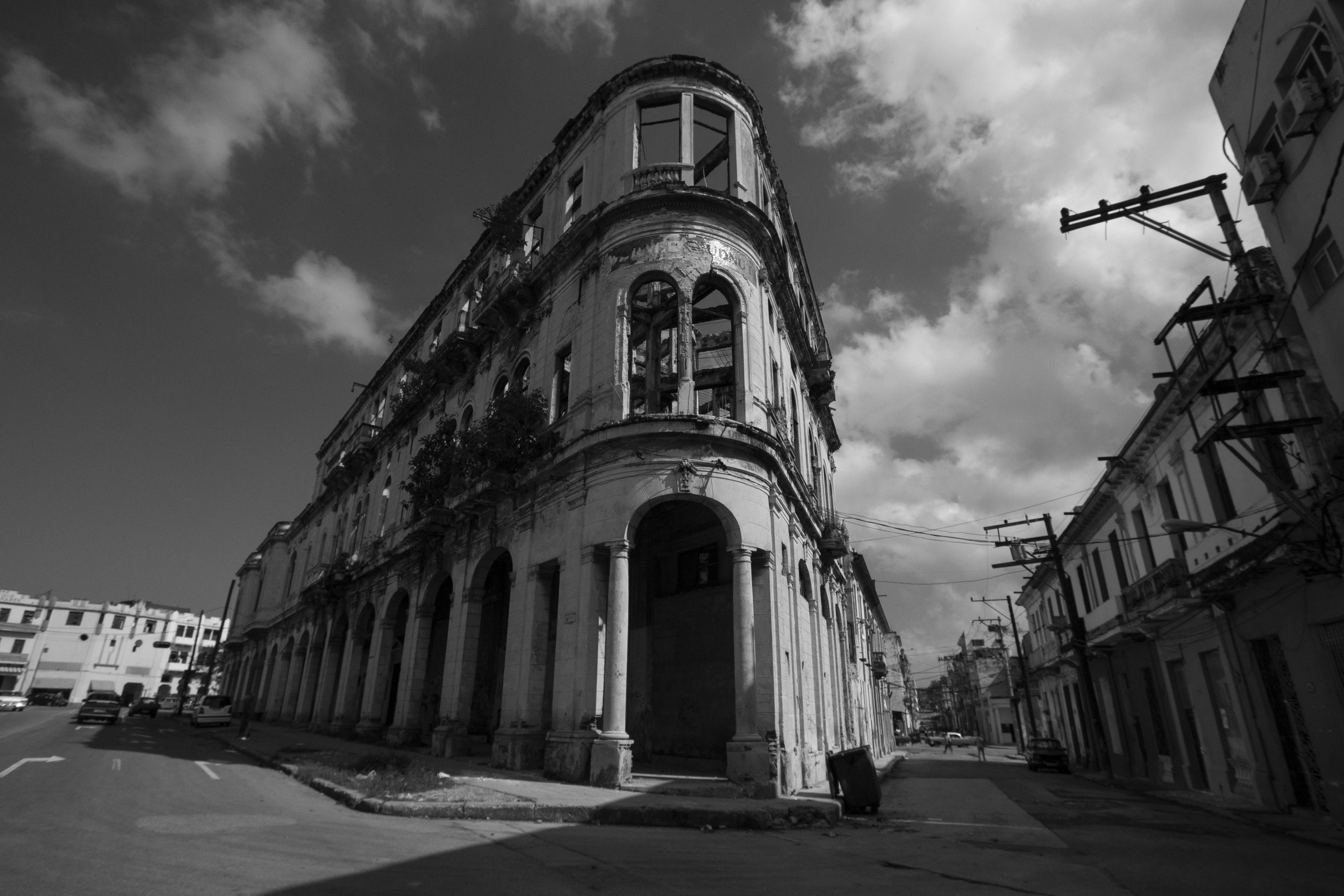Photographer’s Block: How to Overcome It
Have you ever felt stuck in a creative impasse, completely unable to take compelling images? Have you ever felt like you are stuck in a place and are unable to produce any eye-catching images? Have you felt like the camera is no longer part of you?
I never thought that photographers could experience something similar to a writer’s block, but we do. There are moments when we feel like we can’t take any good photos, like the camera is sitting lifelessly and collecting dust, like nothing inspires us to press the shutter. All of these seemed to be feelings and thoughts that I thought I would never experience.
Well, I have. At least three times.
Cuban Pandemic Block
During the lockdown caused by the Covid-19 pandemic, I found myself relegated to taking pictures only through a window that led to a fragment of a back street. I also took some stills and experimented with flash and shadows, but the general feeling was boredom and a creative hiatus.
The only silver lining that such a stage had on me as a photographer was the opportunity to go through my photo archive and post many of those images on Instagram. It also enabled me to start organizing my files and preparing for that would later be Unfiltered Cuba.
That hiccupy moment ended when I started taking the camera out for pictures, and I was again taking street shots, although this time there was a slight difference: I never carried the camera outside all the time. That made me more selective about what to photograph and when to unpack the Canon EOS 7D. I took less photos, but I was at least doing it.
That made me appreciate my five-month experience in Mexico, mainly in San Miguel de Allende. I started seeing some more photo opportunities in situations I would have ignored otherwise.
Creative Block in Connecticut
Later on, after moving to Newington, CT, I took some photos of the area. However, I was relegated to a very uneventful and suburban location, which in reality led to me covering basically everything there was in a couple of months. For the remainder of my time in that town, I walked around carrying the camera with high hopes of seeing a red-tailed hawk, a fox, or even a woodchuck. Yet, there was an impasse: I was unable to document life as I liked, and not having.a lot of mobility turned my camera into an object I carried more as a safety blanket than for functionality.
The third time it happened was a few months after my relocation to West Hartford. At first, We-Ha welcomed my lens in a way that was somewhat reminiscent of my first two stays there. Of course, more experienced as a street photographer now, I saw things that were interesting and photographed them. I even executed a more successful 24HourProject.
Yet, after some time there, the city got a little boring. Part of the magic of street photography is finding that off-the-beaten path lies a different world that shows scrappiness and even some risk. West Hartford was, to my personal view, too… pristine. Within a couple of months, all that had been interesting to me had already been covered, and only animals (hawks, bears, foxes), sunsets, fall leaves and snow would spark my interest.
I found myself in the same situation as in Newington: relying more on nature than on my surroundings to take pictures. St. Paul Catholic High School opened its doors to me, and I found myself moving around and having room for more photo opportunities. The reality is that having to go by a scenic route every day is a blessing when you have such a love for capturing images no matter what they are.









Whether being driven around or driving myself, having the camera at the ready enables me to capture interesting po. I have regretted the two times I packed the camera in the bag, but in both cases it had been prompted by shades of that very type of block, looming over me like a disease.
How I Deal with It
Of course, if you have a problem, the first thing you do is try to find a solution to it. I am a firm believer that inaction leads to no progress, but I also understand when standing down is both inevitable and necessary. So, I would like to share what my process for dealing with a creative block is.
I must confess, nevertheless, that I have never carried out all of these actions at once, nor have I initially succeeded with some of them. Yet, having an action plan always seems to be a smart decision.
Turn off your camera for a couple of days. This may seem a little too much, as most of us cannot live without taking photos. But not using your camera for a couple of days may lead to a reset and may help you appreciate it more when you have it back in your hands.
Watch a movie or a documentary that praised for its photography. Whether such movie or documentary relates to photography or not, seeing good cinematography is always a good source of inspiration for a photographer. If the documentary is about photography, you will either find inspiration in someone else’s work or learn about the history of your industry. If the movie won an Academy Award for best photography, you will see why, and maybe get encouragement from it.
Read about and see photos of other photographers. During my first block, I was able to finish reading On Photography by Susan Sontag. Reading that book inspired me to look at the work of other masters of photography. In addition, during my last block, I was able to start reading Magnum Streetwise, which I only pick up and read when I start losing inspiration. It is therapeutic.
Start going through your archives. If there was something positive caused by the pandemic and my first block, it was that I had the time to go over my own work. I found the photos that I would end up using for the Unfiltered Cuba presentation, and I also kept my Instagram very active, leading to a lot of photographers noticing me. I was also able to sell digital files of some of my images and made a little money in the process.
Start experimenting with other types of photography. As someone who was more inclined to do documentary, editorial, sports and portraits (in a lesser extent), going to some other areas like still life meant getting a little bit out of my comfort zone. At first, I wasn’t happy with the results, but then I started working with the position of the light (natural or artificial, plus external flash) and I got some better photographs in general. Needless to say, I love that type of photography today.
Start shooting with your least used or your least familiar lens. Some photographers have more than two lenses. However, the reality is that most of us tend to have one that is our go-to glass, while there is another one that we love but use the least of them all. Going back out to Havana during Covid, I shot some pictures with my 10-22mm. Then, when I returned to Holguin, and still during the lockdown, the 35mm f/2 became my main glass. At that time, it was a matter of being as discreet as posible, keeping a low profile to the best of my abilities. The small barrel of that lens, made me less noticeable, but I then had to—for the first time—navigate the streets without the benefit of the zoom.
Read, listen to music, go for walks… The list can be endless, but the purpose remains the same. Finding entertainment in other activities and hobbies can help you decompress and actually see things through a whole new perspective. The idea is not to stop photographing altogether, but to break your routine to get out of the “slump”.
Visit other places. Visiting other places can be a method to reduce or eliminate the block. You can find that photo idea that had been evading you for some time, or even find a new source of inspiration. A change in scenery is always a good idea when your mind is not functioning the way you know it can. In Havana, especially Alamar, I took walks through paths I had never been to, and back in Holguín, I also walked streets that I had never walked before.
Start photographing without the camera… again. We photographers tend to look at everything and imagine how it will look on a photograph. We look at a landscape, an everyday life scene, a person’s features or position, an animal, a moment, and we instantly go into our imaginary world and “photograph” the moment. That’s how many ideas of shoots are born, by recreating or readapting moments we have seen or simply coming up with something that may have been missing from the original scene we saw. This is a characteristic we all have, but one we sometimes tend to lose or weaken. Keeping our imagination and curiosity alive is the most important thing we have to do if we want to continue being photographers.
Final Thoughts
I cannot state that this method is fully efficient, but it is what has worked for me. Other photographers need to continue shooting in order to get out of the block. Many times such block can be caused by monotony, a bad review or comment on our photos, a bad streak of not getting gigs, or even other external factors (like personal issues or even a global pandemic).
What we need to do is remember that we are human and prone to make mistakes, not all our photos need to be perfect, and that we will take really mediocre photographs sometimes. We also need to keep dreaming, remembering why we started developing this amazing art of immortalizing people and moments, and—mentally or with the camera—keep shooting.

